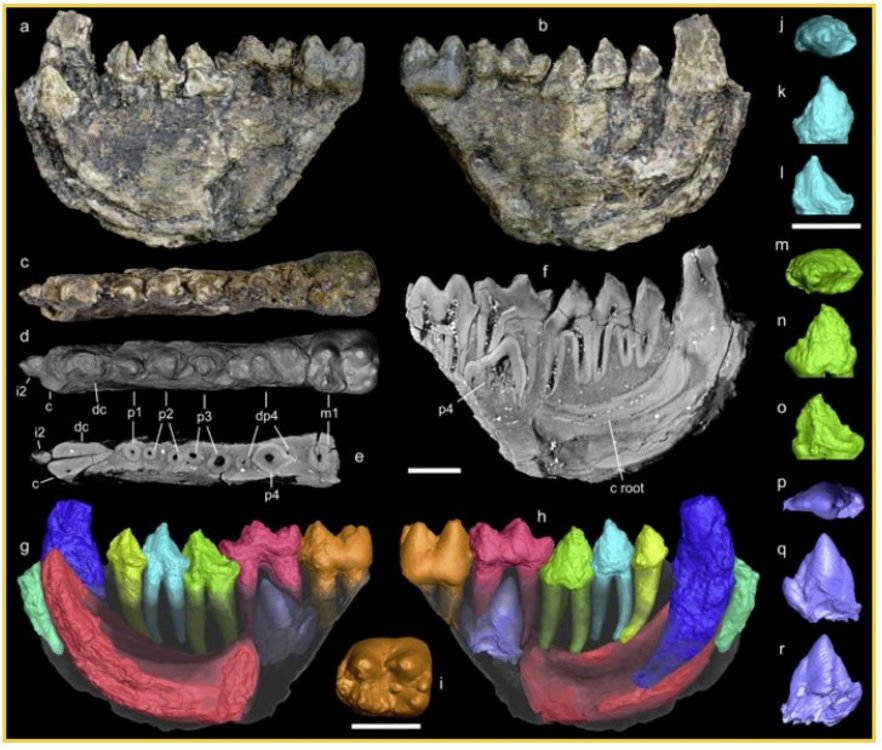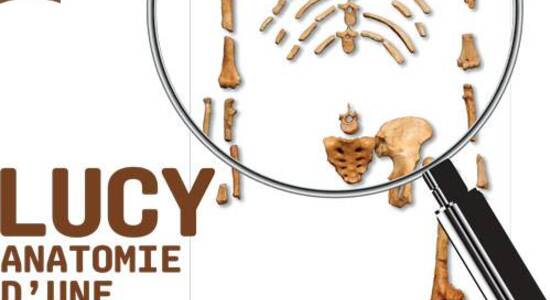27 décembre 2019 : Publication dans Scientific Reports "A new primate from the late Eocene of Vietnam illuminates unexpected strepsirrhine diversity and evolution in Southeast Asia"
Publié par Laboratoire PALEVOPRIM, le 6 janvier 2020 1.3k
A new primate from the late Eocene of Vietnam illuminates unexpected strepsirrhine diversity and evolution in Southeast Asia
Sivaladapidae is a poorly known Asian strepsirrhine family originally discovered in Miocene sediments of the Indian subcontinent. Subsequent research has considerably increased the diversity, temporal range, and geographical distribution of this group, now documented from China, Thailand, Myanmar, Pakistan, and India and whose earliest representatives date back to the Middle Eocene. We present here a new taxon of sivaladapid from the Na Duong coal mine in the Latest Middle Eocene-Late Eocene of Vietnam. It represents the first Eocene primate from Vietnam and the first medium-sized mammal recovered from this locality, thus documenting a completely new part of the Na Duong paleobiodiversity. This taxon is the largest sivaladapid ever found with an estimated body weight of 5.3 kg and it represents a new subfamily of sivaladapids in exhibiting a very peculiar combination of dental features yet unknown in the fossil record of the family (e.g., retention of four premolars, high-crowned molars with accentuated bunodonty and extreme crest reduction). Besides documenting a complete new part of sivaladapid evolution, its primitive dental formula and derived features shared with the Early Eocene Asiadapidae reinforce the hypothesis of a basal branching of sivaladapids among strepsirrhines.
Références
Olivier Chavasseau, Yaowalak Chaimanee, Stéphane Ducrocq, Vincent Lazzari, Phan Dong Pha, Mana Rugbumrung, Jérôme Surault, Dang Minh Tuan & Jean-Jacques Jaeger – A new primate from the late Eocene of Vietnam illuminates unexpected strepsirrhine diversity and evolution in Southeast Asia – Scientific Reports volume 9, Article number: 19983 (2019).




